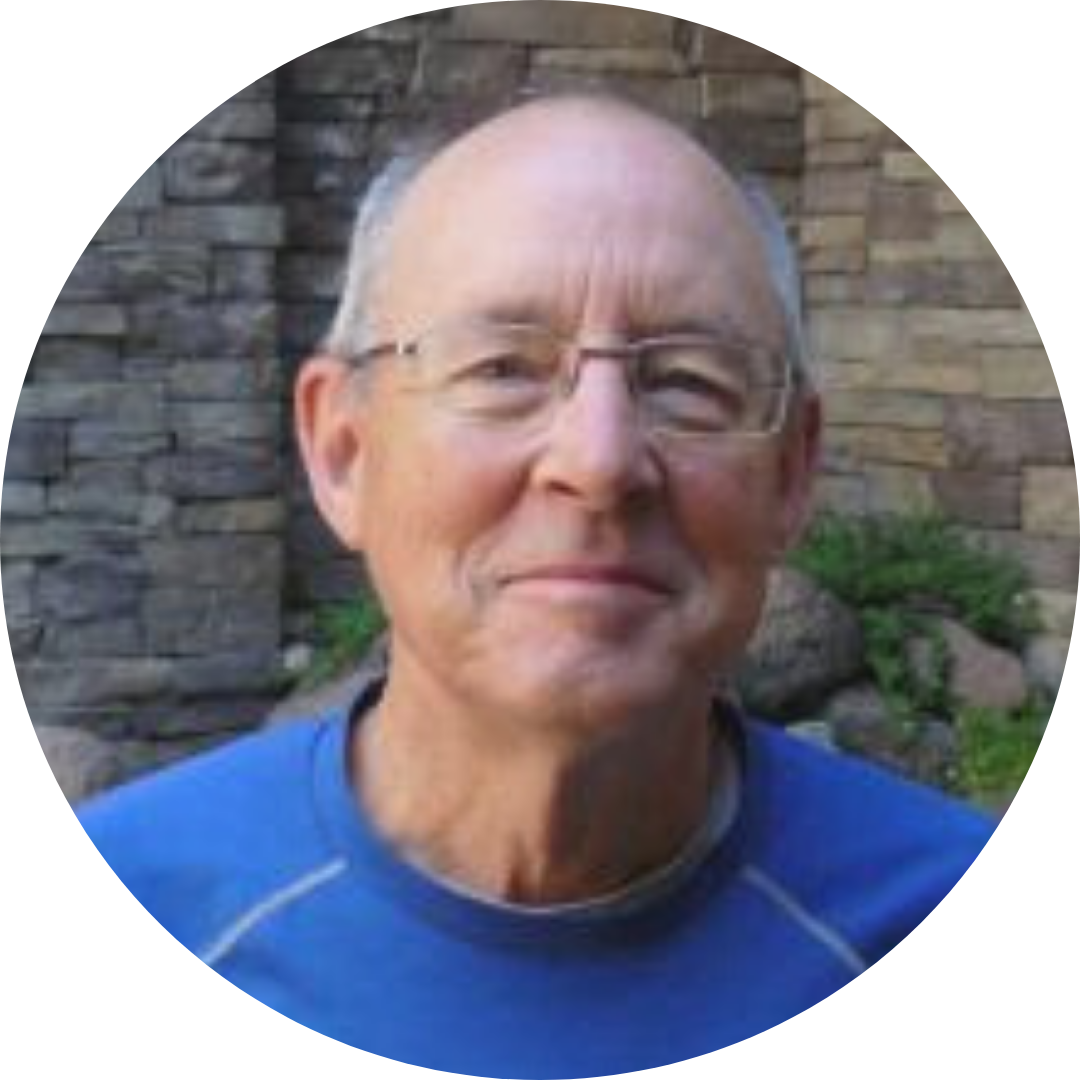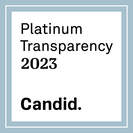|
By Hernan Gallo-Cornejo SEI is spotlighting the incredible and inspiring sustainability leaders who serve on our board through a series of interviews. In this story, we are shining the spotlight on Bruce Riordan, Program Director for the Climate Readiness Institute and Director for the Bay Area Climate Adaptation Network.
Mr. Riordan is the Co-Founder and past Chair of the Alliance of Regional Collaboratives for Climate Adaptation (ARCCA) that coordinates climate adaptation leaders from San Diego, Los Angeles, the Bay Area, Sacramento, and the Sierra. He was recently appointed by the Governor’s Office of Planning and Research to their statewide Advisory Committee on climate resilience under SB 246. Mr. Riordan has also consulted on climate change strategies for BART, Next 10, the Marin Community Foundation, the Metropolitan Transportation Commission, the Bay Area Quality Management District, and other Bay Area organizations. Why do you serve on SEI’s board? SEI is doing great work that must be done on energy and climate issues. The board is a very interesting group of people from different parts of the energy and climate world. What about SEI inspires you the most?
SEI gets things done. SEI is doing real on-the-ground work and at a scale that matters. What does a resilient world look like to you? Key infrastructure pieces (roads, transit, water, wastewater, etc.) that we all use every day are protected. Public health is maintained despite heat, fires, drought and other impacts. Ecosystems are protected and enhanced. Vulnerable populations and communities are engaged and supported. How did you become interested in environmental sustainability? Timothy Egan in the New York Times wrote a powerful piece in 2002 on climate impacts to Alaskan villages. I put the paper down (it was a real paper!) and almost instantly sensed how a fast-changing climate was going to define our lives. What has, thus far, been the most pivotal or defining experience of your career? Early on I got to work a bit with the late Stephen Schneider at Stanford—a brilliant climate scientist who was one of the first academics to really speak out. A few years later, I got to spend 2-3 days being trained in climate communications by Al Gore—just being in the room with Al and 200 other trainees made me up my commitment and game. How do you stay motivated to continue working in the environmental field? It can be hard, knowing this much about the very difficult future that lies not far ahead. Periodically, I sit down and re-calculate my overall approach and view, trying to be very realistic but positive. What’s your favorite part of your job? Working with young people who want to DO things, not just talk about how bad it’s going to get. What advice do you have for anyone interested in entering the climate workforce? It is a growth field! Get a job somewhere/anywhere, learn the issues and network. If you were a sustainable technology or item, which one would you be and why? An electric car. Cars have been so beneficial to our lives AND so destructive to our world. We have to change the latter NOW.
0 Comments
Leave a Reply. |
Get In TouchDo you know an environmental leader who should be featured in a story? Reach out to [email protected]. Categories
All
Archives
April 2024
|
Get Involved
|
Contact Us
|
SEI Headquarters
100 Smith Ranch Road, Suite 124 San Rafael, CA 94903 Phone: (415) 507 - 2181 Email: [email protected] States where we work:
Arizona California Colorado Indiana Maryland New Mexico New York New Jersey North Carolina Oregon Washington Virginia |
ConnectSubscribe to the SEI quarterly newsletter to get involved and receive updates
|
SEI is a 501(c)3 nonprofit organization.


 RSS Feed
RSS Feed

